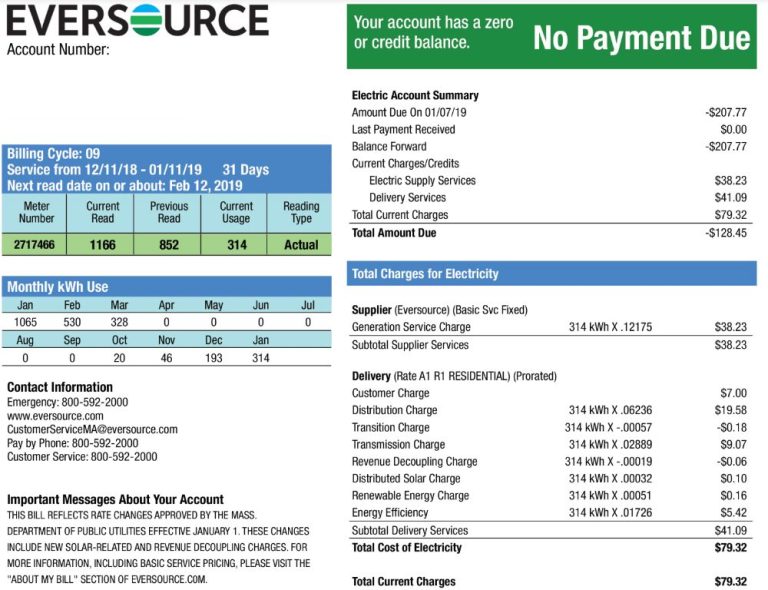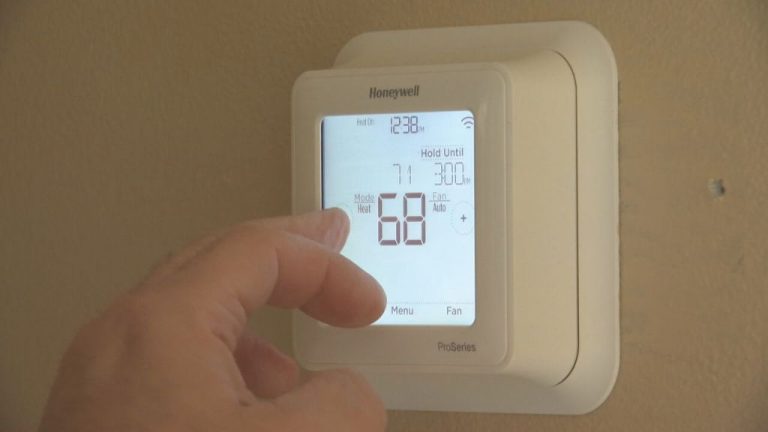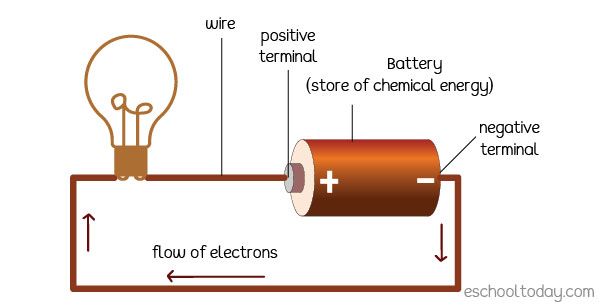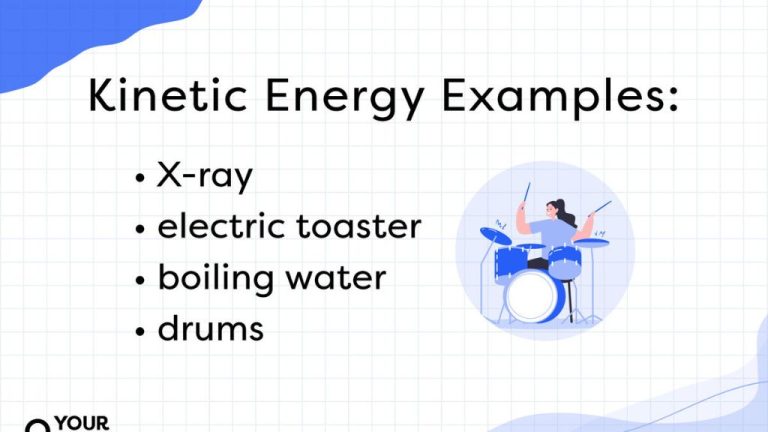How Energy-Efficient Are Microwaves?
With energy costs on the rise, many households are looking for ways to cut down on electricity usage in the kitchen. One common question is how energy-efficient microwaves are compared to conventional ovens. While the microwave certainly provides a much faster cooking time, some wonder whether the convenience comes at the cost of higher energy consumption.
This article will provide a comprehensive look at the energy efficiency of microwaves. We’ll examine how they work, their average power draw, efficiency features, tips for reducing energy use, and how they compare to traditional ovens. You’ll also learn about new smart microwave technology, whether it makes sense to repair or replace an aging microwave, and how to recycle your microwave responsibly.
By the end, you’ll have a solid understanding of microwave energy use so you can make informed choices to save energy in your home.
How Microwaves Work
Microwaves heat food using electromagnetic waves generated from a magnetron inside the appliance (https://www.whirlpool.com/blog/kitchen/how-do-microwaves-work.html). These microwaves are a form of non-ionizing radiation that causes polarized molecules like water, fat and sugar to rotate rapidly and build up thermal energy, heating the surrounding food (https://www.scientificamerican.com/article/how-does-a-microwave-oven/).
The magnetron takes electricity and converts it into high-powered radio waves using electromagnetic fields. These waves are channeled into the interior microwave cavity where they are absorbed by the food, causing the molecules to vibrate rapidly from the changing electromagnetic field.
As the polarized molecules in the food spin and vibrate from the microwaves, they generate thermal energy, quickly heating the food. Microwaves heat food from the inside out, rather than using direct heat that cooks the exterior first. This allows food to be cooked very quickly in a microwave.
Energy Use of Microwaves
Microwaves use significantly less energy than conventional ovens. According to CNET, operating a microwave for one hour every day would cost around $18-$33 per year, while using an electric oven for the same time period would cost $122-$183 per year (1). The drastic difference is because microwaves directly heat the food, while conventional ovens must heat up the whole interior cavity plus the food.
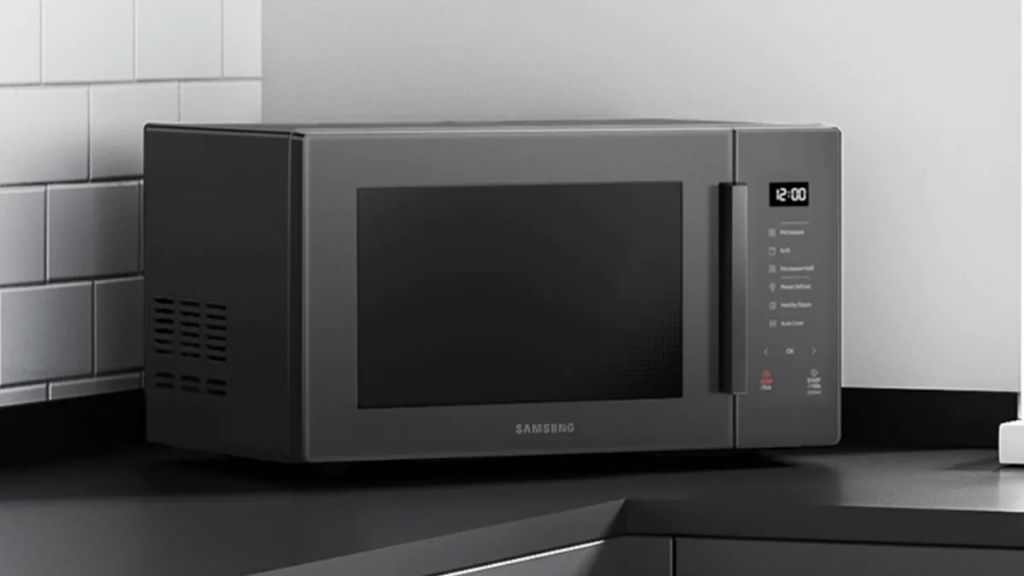
There are several factors that affect a microwave’s energy consumption:
- Wattage – Higher wattage microwaves use more electricity. The typical range is between 500 to 1500 watts.
- Features – Models with added features like sensors and inverter technology are more energy efficient.
- Size – Larger capacity microwaves use more energy to heat larger portions.
- Usage – Cooking time, power level, and food type impact energy use per cooking session.
- Age – Newer microwaves tend to be more energy efficient.
While microwaves use far less energy than conventional ovens, it’s still possible to optimize energy use. Adjusting power levels, using appropriate cook times, and taking advantage of energy-saving features can further reduce electricity consumption.
Microwave Efficiency Features
Modern microwaves come with various features that make them more energy efficient compared to older models. Two key efficiency features to look for are inverter technology and advanced sensors.
Inverter technology allows the microwave to maintain a constant, lower power level rather than repeatedly switching between full power and off. This provides more even heating, reduces cooking time, and uses less electricity (Durham). Inverter microwaves use around 30-50% less energy than traditional models.
Advanced sensors measure humidity and temperature to determine how much longer food needs to cook. The microwave can adjust power levels and cooking times automatically to prevent overcooking. This improves efficiency by not wasting energy when food is already heated through (Tmankar2805).
Other features like multi-stage cooking, eco modes, and LED lighting can also improve microwave efficiency. Overall, newer inverter models with smart sensors provide the greatest energy savings.
Tips for Efficient Microwave Use
There are several simple ways to use your microwave more efficiently and reduce energy consumption:
Appropriate cookware – Use microwave-safe containers that are lightweight and allow microwaves to pass through and heat food evenly. Avoid metal cookware which can reflect microwaves. Glass, ceramic, and plastic containers work best.
Reduce preheating – Microwave cooking often requires less preheating time compared to conventional ovens. Avoid overusing the preheat function unnecessarily.
Adjust power levels – Use lower microwave power levels for slower cooking when possible. The highest power levels use the most electricity. Refer to your owner’s manual for specifics on varying the power levels on your microwave.
According to 15 genius ways to make microwaved food better, adjusting the power level can help food cook more evenly without overcooking.
New Microwave Technologies
Microwave oven technology has advanced in recent years with new designs and features aimed at improving efficiency, convenience, and cooking performance. One of the most notable new technologies is the solid state or inverter microwave.[1] Unlike traditional microwaves which rely on an on/off power cycling method, solid state microwaves use inverter technology to provide continuous, variable power at lower wattages. This allows food to cook more evenly, prevents overcooking on edges or undercooking in centers, and reduces energy use overall.
Hybrid ovens are another new advancement that combines microwave technology with other cooking methods like convection, grill, or air frying. By circulating hot air and using multiple heat sources, hybrid ovens can crisp and brown foods better than a standard microwave. This allows for quick cooking times while still achieving the texture and browning of a conventional oven. Brands like Panasonic, LG, and Samsung now offer hybrid microwave ovens with inverter technology and specialty cooking modes for commonly microwaved foods like pizza, potatoes, or popcorn.[2]
Smart Microwaves
In recent years, microwave manufacturers have introduced smart microwave ovens with connected features and capabilities. Smart microwaves can connect to your home WiFi network and allow for remote control and monitoring via smartphone apps.
One of the most popular smart microwave brands is Samsung, which offers models like the Samsung Smart Microwave with Bixby. This microwave can respond to voice commands when paired with a Bixby device. You can tell your Bixby assistant to start, stop, and customize microwave cooking from anywhere in your home.
Other smart features include the ability to automatically cook start popular foods with just one touch via the app. The app also provides remote monitoring, letting you check on cooking progress and receive alerts when your food is ready. Several models feature internal cameras, so you can view the inside of the microwave and monitor cooking through the app.
By connecting your microwave, you gain more control and convenience through your smart home ecosystem. With their connected capabilities and intuitive voice control features, smart microwaves aim to simplify the cooking process.
Sources:
– https://www.samsung.com/us/microwaves/
Microwave Repair vs Replacement
When your microwave stops working properly, you have two main options: repair it or replace it. The right choice often comes down to the appliance’s age and what kind of maintenance issues you’re experiencing.
Major repairs like replacing the magnetron – the part that generates the microwave energy – can cost $200 or more. If your microwave is over 5-6 years old, putting that much money into repairing an aging appliance may not make financial sense (Consumer Reports). New microwaves with more advanced features may be a better investment.
However, minor repairs like replacing a broken door latch or turntable motor are often inexpensive. Repairing a microwave that’s less than 5 years old can extend its lifespan and avoid the environmental impact of manufacturing a new appliance (Appliance Express).
Upgrading your microwave usually makes the most sense when the appliance is more than 6-7 years old and developing chronic issues. Newer microwaves have larger capacities, more power levels, and helpful features like sensor cooking. If your current model is outdated, replacing it can provide a major upgrade in convenience and performance (Appliance Repair 512).
Recycling Microwaves
Proper disposal of microwaves is important for reducing their environmental impact. Old microwaves contain materials that should not end up in landfills, such as plastic, glass, and heavy metals like lead and mercury. Improperly disposing of a microwave can allow these hazardous materials to leach into the soil and water supply (The Spruce).
Many municipal recycling programs do not accept microwaves due to their complex material composition. However, there are still environmentally responsible disposal options. Some retailers like Best Buy offer free microwave recycling with the purchase of a new one. You can also contact your local waste management company to ask if they provide special pickup for large appliances like microwaves. Some metal recycling centers may accept microwaves and dismantle them to recover metals like steel, copper and aluminum (Green Citizen).
Ultimately, taking the time to properly recycle your old microwave keeps hazardous materials out of landfills and reduces the need for new raw materials. With some research, there are disposal solutions that minimize the environmental impact without too much inconvenience.
Conclusion
To summarize, microwaves use electromagnetic radiation at microwave frequencies to rapidly heat and cook food and beverages. While they are more energy-efficient than traditional ovens due to focused heating and lack of heat loss, there are still ways to optimize energy efficiency when using a microwave. Features like inverter technology and varying power levels can help prevent over-cooking and excessive energy use. Maintaining a clean microwave, not overcrowding food, and using lids and cookware can also increase efficiency. With optimizations, new smart microwaves, and recycling or proper disposal, microwaves can play a positive role in an energy-efficient kitchen. At the end of the day, microwaves provide a convenient appliance to quickly heat and cook meals with relatively little energy. Just be mindful of power settings, portion sizes, and maintenance to maximize efficiency.
In closing, microwaves offer speed and convenience compared to other cooking methods, but with some smart usage habits and updated technologies, they can also be an energy-efficient appliance. With an understanding of how microwaves work and a few tips for optimization, we can continue to enjoy mealtime convenience while minimizing energy consumption.


